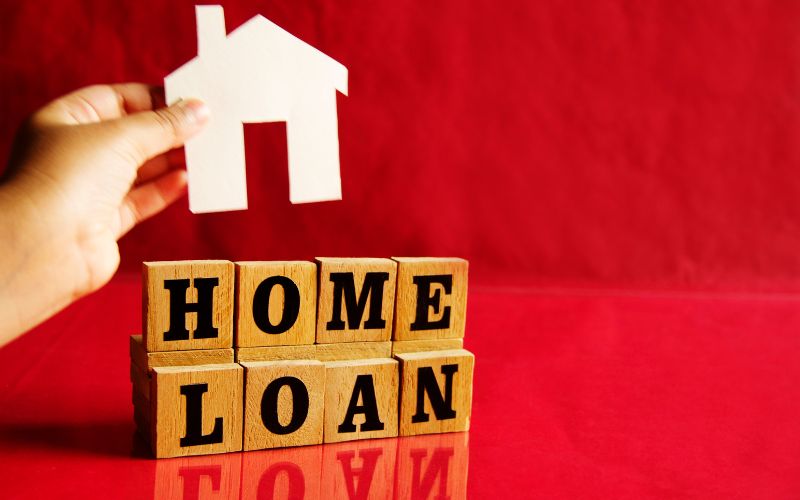
Many borrowers are still switching lenders amid the uptrend in interest rates, indicating their increased desire of getting a more competitive home loan offer.
Latest figures from the Australian Bureau of Statistics showed that refinancing activity remains elevated despite the monthly decline.
In fact, the value of new owner-occupier housing loan refinances between lenders was still at a high level of $13.0bn in April, despite the 8.6% drop from the record high of 14.2% achieved in the previous month.
This indicates that borrowers continued to shop around and switch lenders amid the changes in the interest-rate environment.
Advertisement
Buying a home or looking to refinance? The table below features home loans with some of the lowest interest rates on the market for owner occupiers.
Lender Home Loan Interest Rate Comparison Rate* Monthly Repayment Repayment type Rate Type Offset Redraw Ongoing Fees Upfront Fees Max LVR Lump Sum Repayment Extra Repayments Split Loan Option Tags Features Link Compare Promoted Product Disclosure
Promoted
Disclosure
Disclosure
Promoted
Disclosure
However, the overall value of new loan commitments reversed the growth achieved in March, falling 2.9% to $23.3bn in April
Breaking it into segments, owner-occupier financing commitments fell 3.8% to $15.4bn while investor loans went down 0.9% to $7.9bn.
First-home buyer activity also declined, albeit only slightly at 0.9%. This was after the 16.5% rise in March. The drop was more significant on an annual basis, down 16.2%.
Comparing the figures to pre-pandemic levels in February 2020, the value of new owner-occupier housing loan commitments in April was 10.2% higher while the number of these commitments was 5.3% lower.
Housing Industry Association senior economist Tom Devitt said the result seem to forebode that the supply of new homes will continue to decline due to interest-rate rises.
“The number of loans issued for the purchase or construction of a new home has fallen to a new low,” he said.
“The last time so few loans were issued for the purchase or construction of a new home was in September 2008, when the global financial crisis caused a contraction in building.”
Mr Devitt said it is crucial to note that the very long lags in this cycle and the full impact of the RBA’s rate increases have yet to fully hit the housing market, let alone the broader economy.
“These low lending numbers reflect a lack of new work entering the pipeline while population growth is surging,” he said.
“There needs to be a structural increase in the number of homes being built across Australia, a fact recently acknowledged by the RBA.”
-
Photo by ePhotocorp on Canva.
Collections: Mortgage News Interest Rates





Share